
BACHELOR OF ARTS (HONOURS) INTERIOR ARCHITECTURE




APRIL - AUGUST 2024 0347305



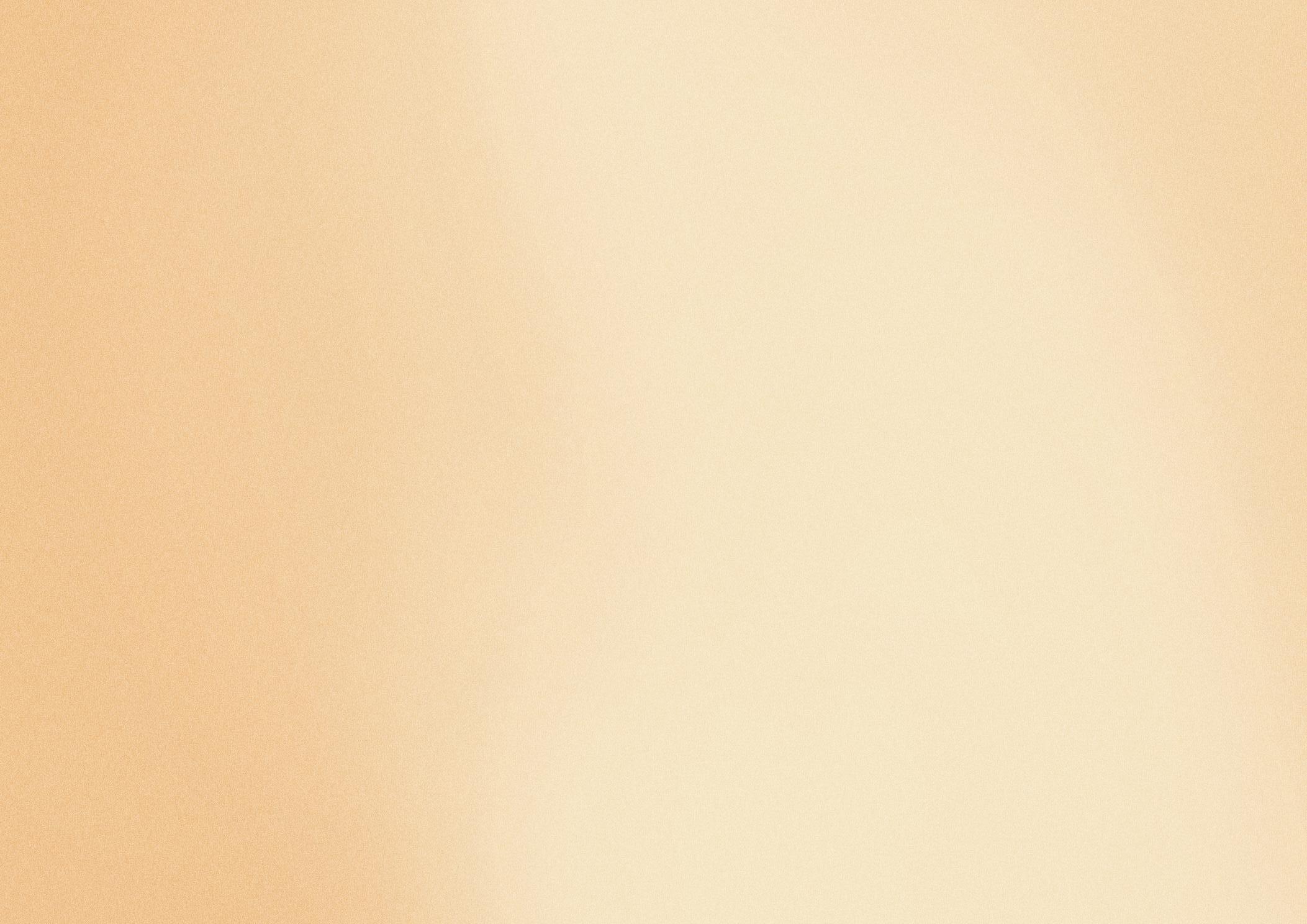
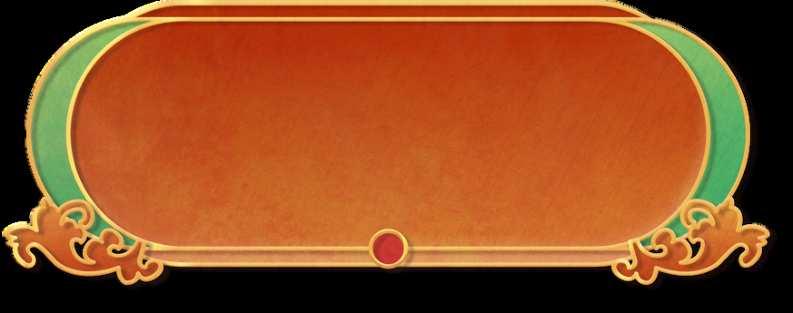


PHASE 2: POSSIBILITY
ARCHITECTURE- LIVE PROJECT

PHASE 3: GLIMPSES OF KITH


The students will go through a journey within the chosen place/street and analyze a scenario that can be the main narrative of the project. Students will need to speculate/unveil the narrative within the purposed theme and start to construct series of scenarios that responds to the context. Assignment 1 implores students to express their discoveries through methods such as speculative drawings, photography, films, lyrics, poems and short stories.







In Kuala Lumpur's Petaling Street, the memories of history unfold like a vivid painting, depicting scenes of how people once lived. With a deep respect and appreciation for this history, I have decided to preserve these precious memories through art and design.
Immersing myself in the history of Petaling Street, I deeply felt the vibrancy and vitality that once defined the Kwai Chai Hong area. In my first completed artwork, I depicted children joyfully playing on the street, their laughter and the sound of marbles blending into a harmonious symphony. In the second piece, I captured the adults leisurely enjoying their time in a teahouse, sipping tea, playing chess, and engaging in casual conversation, as if time had slowed down, allowing one to fully soak in the tranquil atmosphere.
However, I realized that these paintings, while beautiful, only freeze history on canvas. I wanted to bring the history of Petaling Street to life in a more dynamic way. Therefore, I decided to create physical models and videos to showcase other memorable scenes from Kuala Lumpur, connecting them with red threads, like a timeline that transports people back to the past.


In Petaling Street, Kuala Lumpur, time silently passes by, witnessing the rise and fall of a century-old community. This place was once the bustling hub of the Chinese community, with a wave of immigration from the late Qing Dynasty to the early Republic of China bringing in a large number of Chinese immigrants, forming a sizable Chinese society. Here, various Chinese opera genres such as Cantonese opera, Teochew opera, and Hokkien opera thrived, blending and coexisting with local culture, adding a rich artistic atmosphere to this land.

The culture of local dialects also flourished in Petaling Street, becoming one of its unique symbols. But now, population migration, commercial waves, and the winter of the pandemic have submerged it in the currents of history. There was a time when the culture of local dialects thrived in Petaling Street, just like Chinese opera and vinyl records were once the emblem of old Petaling Street. But as the pace of time marches forward, this cultural blend of dialects and opera has gradually declined.

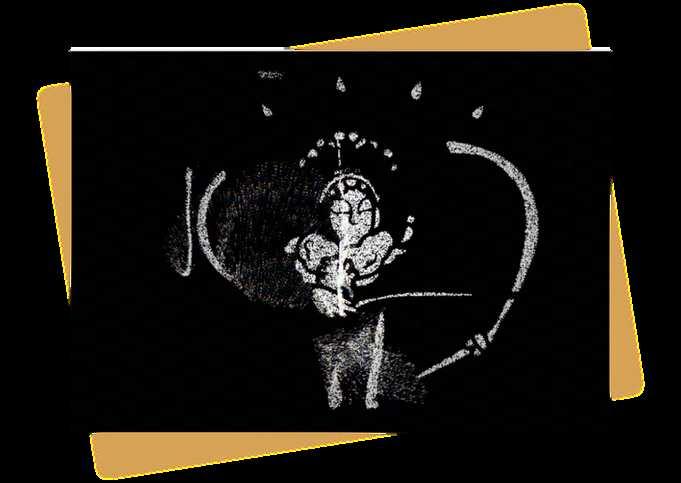



This is a card-flip effect depicting dialectal opera, with interactive functionality allowing the orientation of the cards to be controlled by mouse movement. As the mouse moves, the cards dynamically rotate. Attached is a video for you to experience this unique interactive effect firsthand.



"The Yan Keng Benevolent Dramatic Association (YKBD), situated at this mysterious street corner, vividly portrays the activities of dialectal opera, echoing through the ages. When the mouse is idle, colorful particle effects dance on the screen. As the audience moves the mouse, interactive effects emerge instantly, with particles bursting along the mouse's trajectory, delivering endless visual surprises."



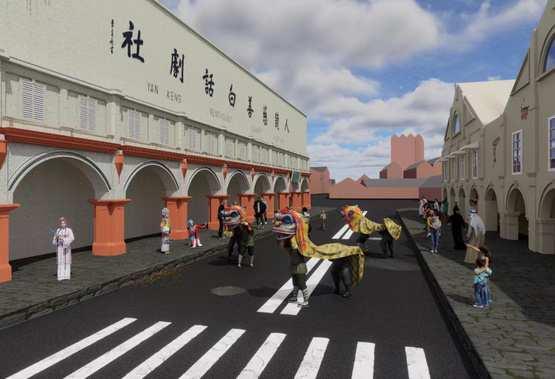
https://drive.google.com/file/d/1yGPTvmXUT9MwGdJ9Gj6nmeUrnzK8EAJj/view?usp=sharing Video link


Throughout the creation process, I deeply realized that the cultural depth and artistic charm of traditional opera are difficult to fully capture through simple digital language. I constantly sought to balance respecting tradition with innovative expression, using digital techniques such as animation, special effects, and audio processing to present the nuances and emotions of dialect opera more vividly and directly. This made me understand that the application of technology must serve the essence of art; only by complementing each other can truly impactful works be created. By using digital forms to express opera culture, I came to realize that this is not just an innovative attempt, but also an expansion of traditional cultural preservation methods. Digitalization breaks the barriers of geography and language, allowing more young people and international audiences to access this cultural treasure and appreciate the unique charm of dialect opera. This prompted me to reflect on the issue of cultural dissemination: how can modern technology be leveraged to integrate traditional culture into everyday life in a more open manner, ensuring its transmission in the new era?
At the beginning of the project, faced with the complex interface of digital media software, I felt overwhelmed. Every step felt like unlocking a new world, filled with both curiosity and frustration. However, this struggle drove me to continually search for resources, watch tutorials, and repeatedly experiment until I gradually mastered these skills. This experience made me realize that learning any new skill is never instantaneous; only through persistence can success be achieved. This assignment not only allowed me to delve into ways of expressing opera culture but also helped me recognize the potential of blending traditional culture with modern technology. Through this practice, I learned the importance of patience and resilience in a complex creative environment. Facing challenges, continuously adjusting and optimizing strategies is key to achieving goals. In the future, I will continue to expand my skills and perspectives, aiming to find more innovative connections in my work and contribute to the modern transmission of traditional culture.


As an extension of Phase 1, the students will work in groups to begin proposing an exploratory live project. The scope of the project depends on you and your group and could encompass a wide array of possibilities in relation to exploratory drawings. The ideas should address the needs of the site. The designs can range from a multitude of design expressions, and these expressions can be inspired from but not limited to the whimsical, social, economical, speculative, political and poetic. All designed intentions should be intimately related to the context of the site.



In this project, I was responsible for the entire video editing process. Through this task, I gained a deep understanding of its complexity and challenges. Firstly, organizing and initially editing the footage required a thorough understanding of the project content to ensure the video’s logic and rhythm were appropriate. This process demanded patience and attention to detail to avoid missing or repeating segments.
When adding effects and transitions, I realized the importance of maintaining style consistency. Excessive effects could distract the audience, so I worked hard to find the right balance, ensuring that the effects enhanced rather than disrupted the main content of the video.
Audio processing was also a crucial element, as it directly impacts the overall viewing experience. While handling sound effects and background music, I learned how to adjust volume levels, fix issues, and create a more immersive audio environment.
Overall, this editing experience enhanced my technical skills and deepened my understanding of the interconnections between different aspects of video production.





Assignment 3 represents the culmination of all the characteristics developed during Phases 1 & 2. It is the stage where glimpses of the spatial landscape principles are to be represented. The spatial landscape should reflect the narrative you have developed and be portrayed through various mediums to align with your topic and theme (model making, animation, collages, hybrid drawings, installation etc). Additionally, students are required to provide a set of speculative drawings to accompany the narrative, which will be reflected through materiality, scale, technicality and design expression throughout the development process.







Xiyun Fang is a comprehensive art center dedicated to preserving and showcasing dialectal opera culture, located in the historic corner of Petaling Street, Kuala Lumpur. As a guardian of Huayun opera culture, it is committed to protecting and promoting dialectal opera through innovative displays and educational methods, allowing more people to understand and appreciate this ancient and beautiful art form. Through this building, we hope to spread the charm of dialectal opera so that every visitor can experience the unique allure and endless possibilities of opera art.






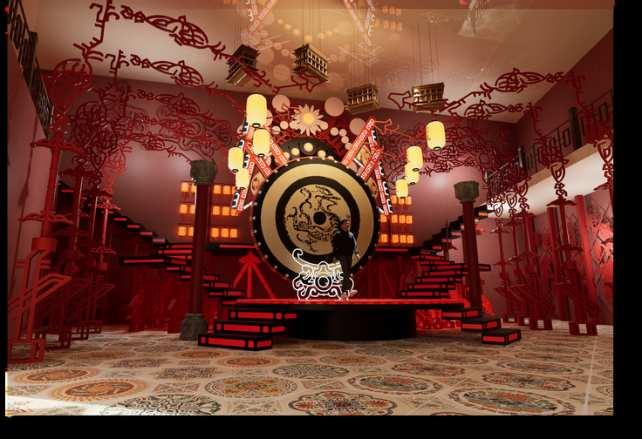


In this project, I created a large number of Xiqu related materials through opera painting, and integrated them into the design. Combined with the plan and section, I formed a more intuitive and culturally rich visual presentation. In order to further enhance the opera atmosphere of the space, I also carefully built the stage area and the puppet control area. The stage area not only reproduces the performance scene of traditional opera, but also creates an immersive drama experience through clever layout and lighting design. Puppet control area through modern technological means, so that visitors can personally experience the fun of manipulating opera figures.


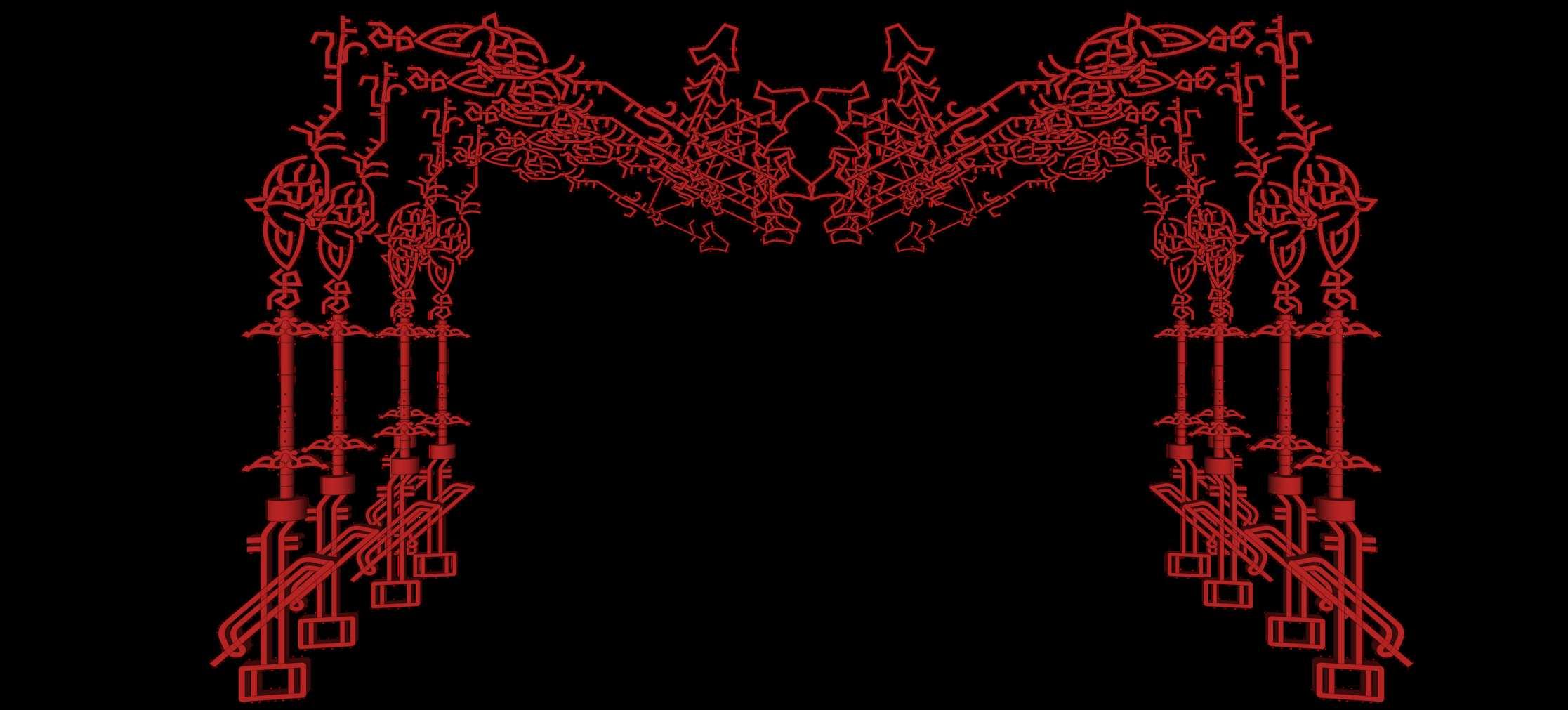
--Ground floor
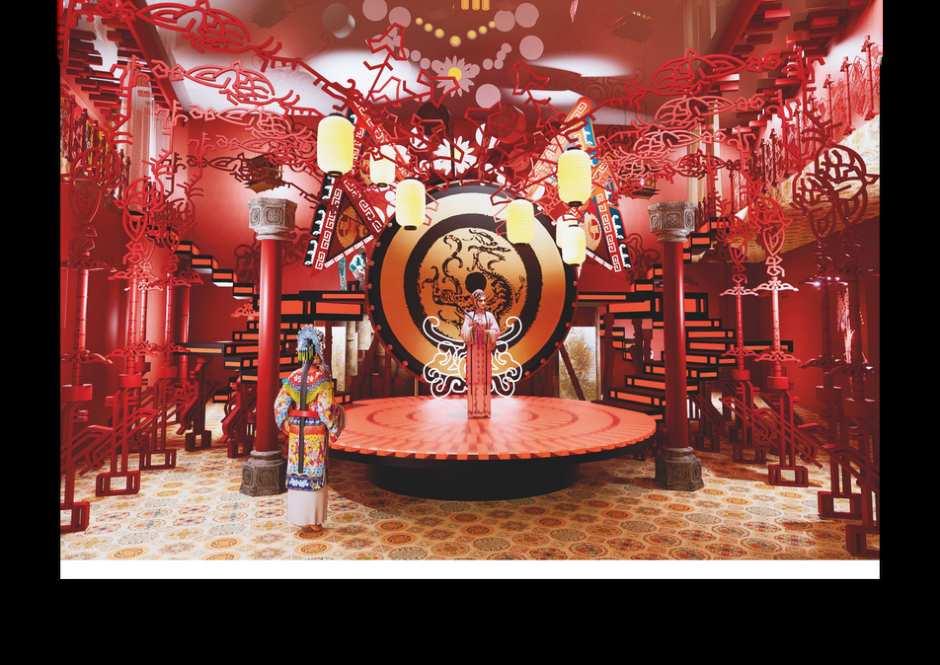

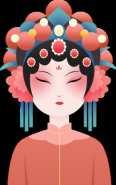

The large drum on the stage is not only an indispensable instrument in opera performances, with its powerful sound resonating deeply with the audience, but it also cleverly transforms into a screen when not in use, maintaining the stage's solemnity and mystery while dividing the space. Next to the stage is a lampstand made from opera instruments, including an erhu and a flute. The flute, with its built-in playback system, accurately reproduces classic opera melodies, allowing every visitor to immediately immerse themselves in the rich opera atmosphere and experience the unique charm of traditional culture.
To enhance visitor engagement and immersion, an interactive experience area is set up beside the stage. This area uses advanced projection technology to display character images on the walls based on the ongoing performances, making the audience feel as if they are part of the story. Additionally, the wall is adorned with the distinctive headdresses worn by opera performers, creating a vivid opera character portrait when viewed from the direction of the drum.


Headpi
ece
Costume display


Behind the stage is the costume display and dressing area, where the art of theatrical costumes is showcased, and where actors begin their transformation into characters. Upon entering this space, visitors are first greeted by a display rack featuring costumes from various eras and styles, ranging from imperial robes to folk attire, from face-painted opera costumes to ancient long gowns. Visitors can choose their preferred "armor" based on their personal tastes or their interpretation of opera characters.After selecting a costume, visitors can proceed to the dressing room to change, ensuring that everyone can comfortably and conveniently complete their transformation. The dressing room also provides opera knowledge handbooks, allowing visitors to deepen their understanding of opera during their wait or rest.Once dressed, visitors can capture their beautiful moments in a themed photo area and have the opportunity to participate in opera learning and experience activities.


--Ground floor
Face painting


On the side of the stage is the mask painting area, which is the best place to experience the essence of opera culture. At the heart of the area is an elaborate rotating machine that mimics the face-painting scenes of traditional opera, but gives modern technology the agility and convenience. Visitors just need to gently start the machine, and the face model will slowly rotate, waiting to give it the color of life. This design not only makes facial painting more vivid and interesting, but also greatly reduces the difficulty of painting, so that both professional painters and tourists who try for the first time can easily get started and enjoy the fun of creation.Next to the machine, is a paint table, through a series of delicate pipe system, will be a variety of bright drops of pigment accurately delivered to the hands of visitors. In the process of painting, visitors can give full play to their imagination and creativity, combining traditional opera elements with modern aesthetic concepts to create unique facial mask works. In addition, the Facebook painting area is also equipped with professional instructors and staff, who will not only provide visitors with necessary painting guidance and skills, but also tell the cultural stories and symbolic meanings behind Facebook.


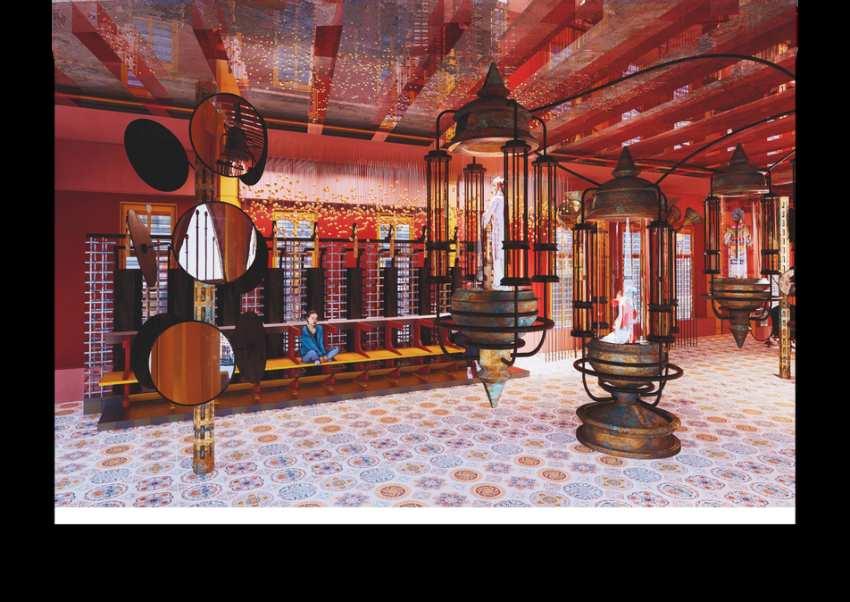

The second floor has carefully created an immersive puppet control experience area. When you step into this area, the first thing you will see is a high-tech puppet control machine, which can accurately capture and transform every minute action of the operator, dance with the instructions or deduce various situational stories. The control interface is intuitive and friendly, and even visitors who try it for the first time can quickly get started and experience the fun of being a "behind-the-scenes director". Next to the seats, high quality speakers are installed, which cleverly blend into the environment. With every movement of the doll, melodious or impassioned music melody flows from the trumpet, which is perfectly synchronized with the dance and performance of the doll.In addition, the area is also cleverly arranged with multiple mirrors, which are placed in different locations to meet different needs. Visitors can use these mirrors to learn to dance and imitate the graceful gestures of the figures; At the same time, through the 360-degree perspective of the mirror, you can also enjoy the unique style of different figures. The area is also equipped with seating to ensure that every visitor can find the best viewing Angle.







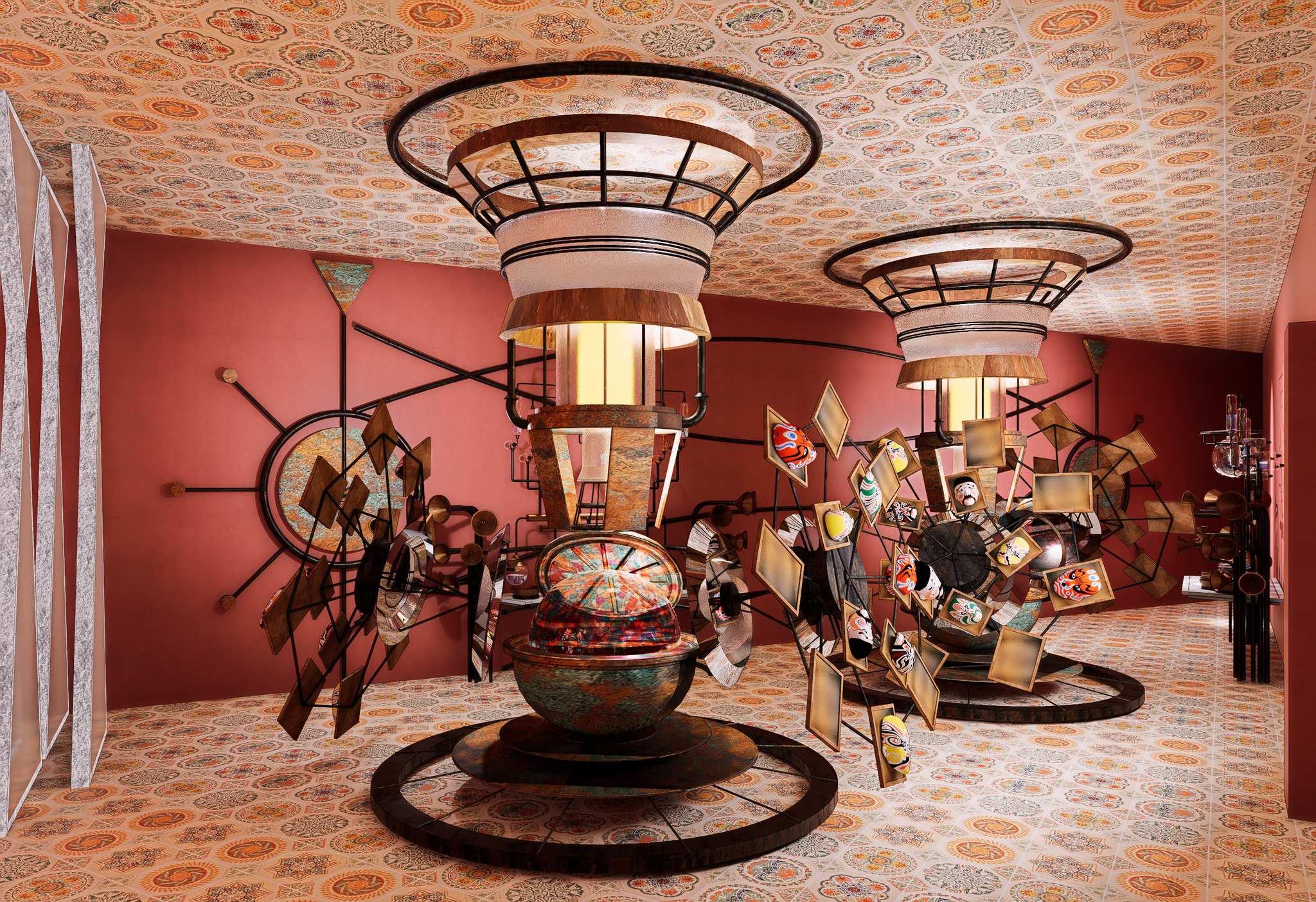
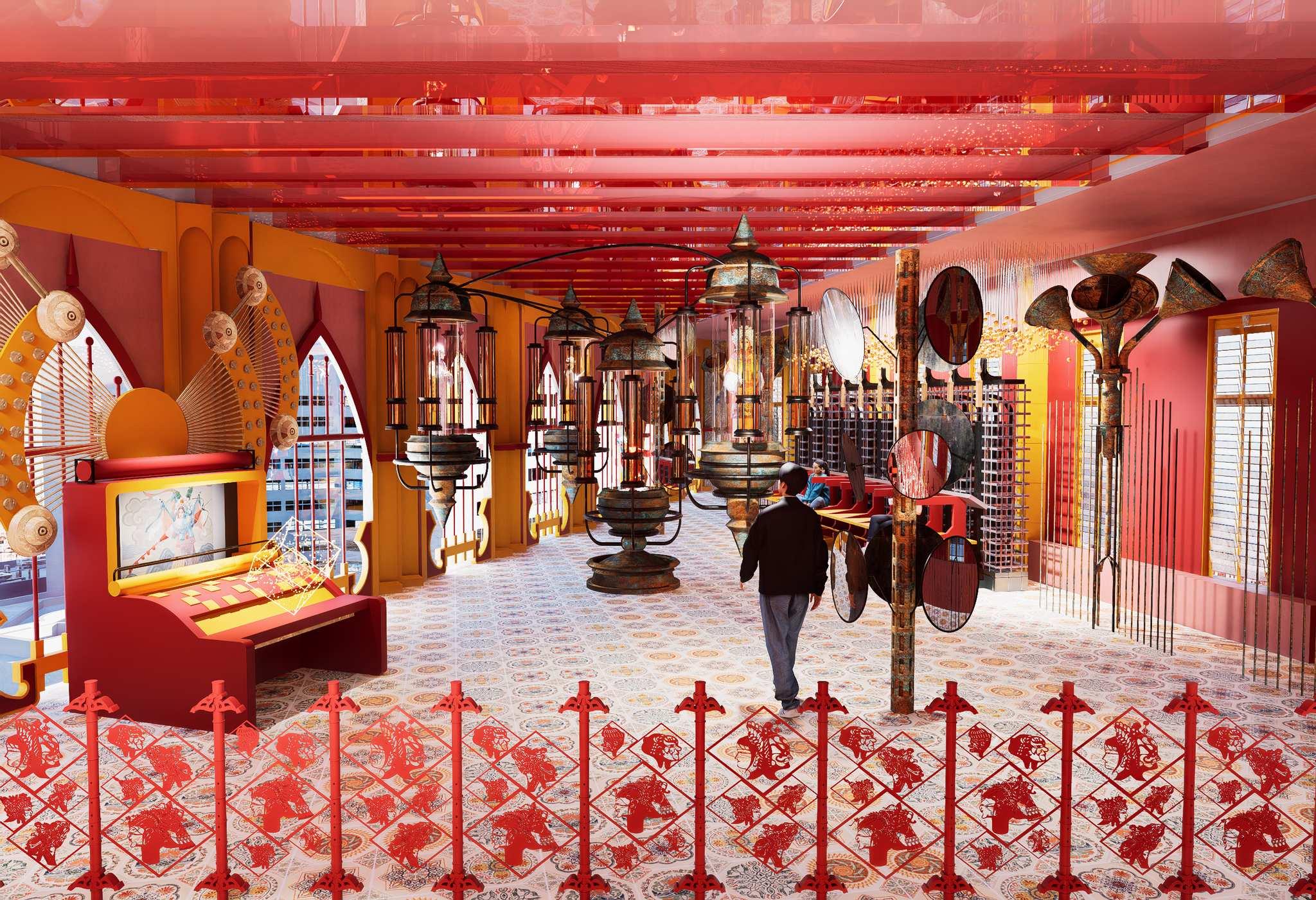

Video link
https://drive.google.com/file/d/1yGPTvmXUT9MwGdJ9Gj6nmeUrnzK8EAJj/view?usp=sharing







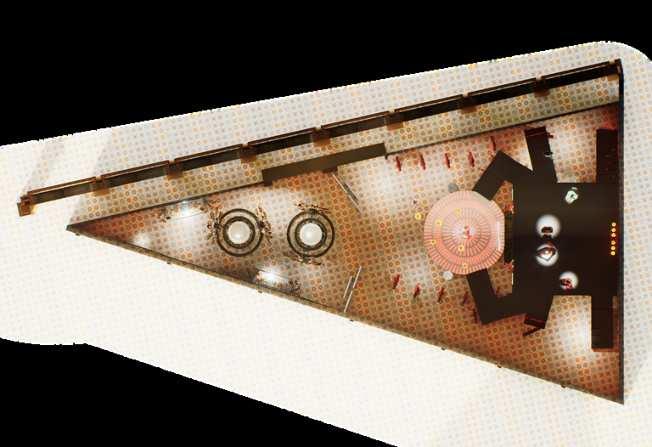




Choosing a triangular building made me acutely aware of the limitations imposed by spatial form on design thinking. However, these constraints actually spurred my creativity. Through clever layout and partition design, I successfully integrated the stage, costume changing area, face painting area, and puppet control area into a cohesive whole where each space is distinct yet interconnected. This process made me realize that balancing the architectural features with the incorporation of traditional cultural elements into modern space design is a topic worth exploring.
Selecting opera as the design theme was my tribute to traditional culture. However, presenting these elements in a way that appeals to modern aesthetics was challenging. By using colors, materials, and lighting, I created an atmosphere that is both classical and contemporary. At the same time, I focused on deepening the content, avoiding superficiality, and striving to vividly showcase the essence of opera culture.
The Chinese horror style added a unique touch to the video, but during the editing process, I had to carefully balance the horror atmosphere to ensure it was neither too oppressive nor lacking resonance with the audience. Through repeated adjustments, I ultimately found a suitable editing style that both aligned with the theme and had artistic impact.
The entire project made me realize the importance of teamwork and highlighted my own deficiencies in digital media skills, which I need to address through further learning and practice. This experience has strengthened my passion for and commitment to the preservation of traditional culture. I believe that with continuous innovation, traditional culture will shine brightly in the new era. Looking ahead, I hope to continuously enhance my professional skills and apply my knowledge to broader fields, contributing to the preservation and development of traditional culture.

